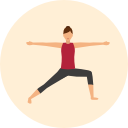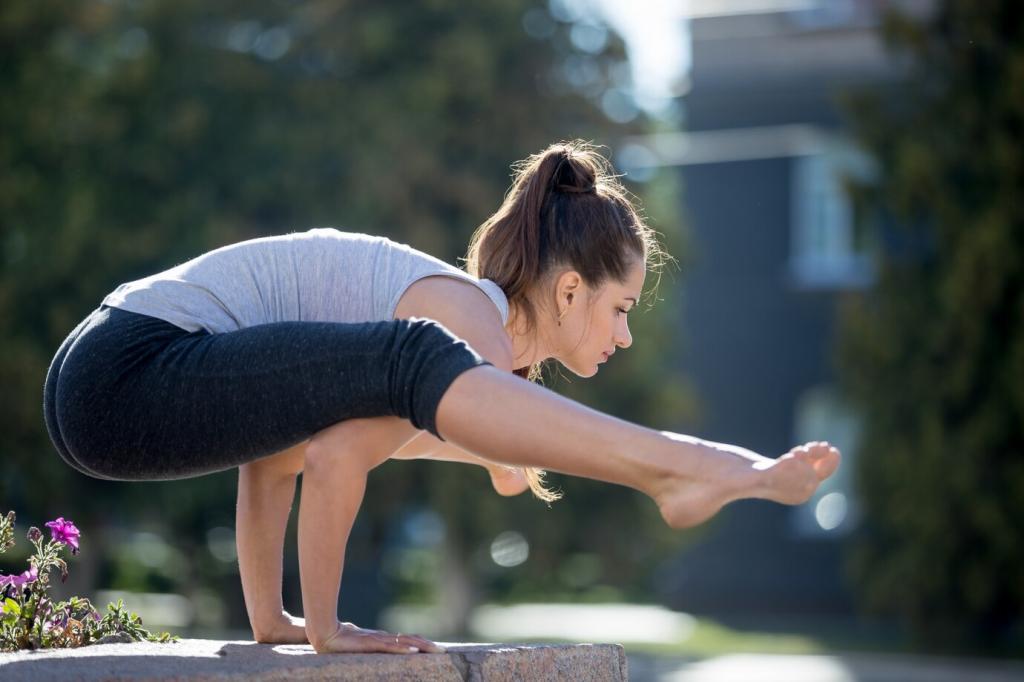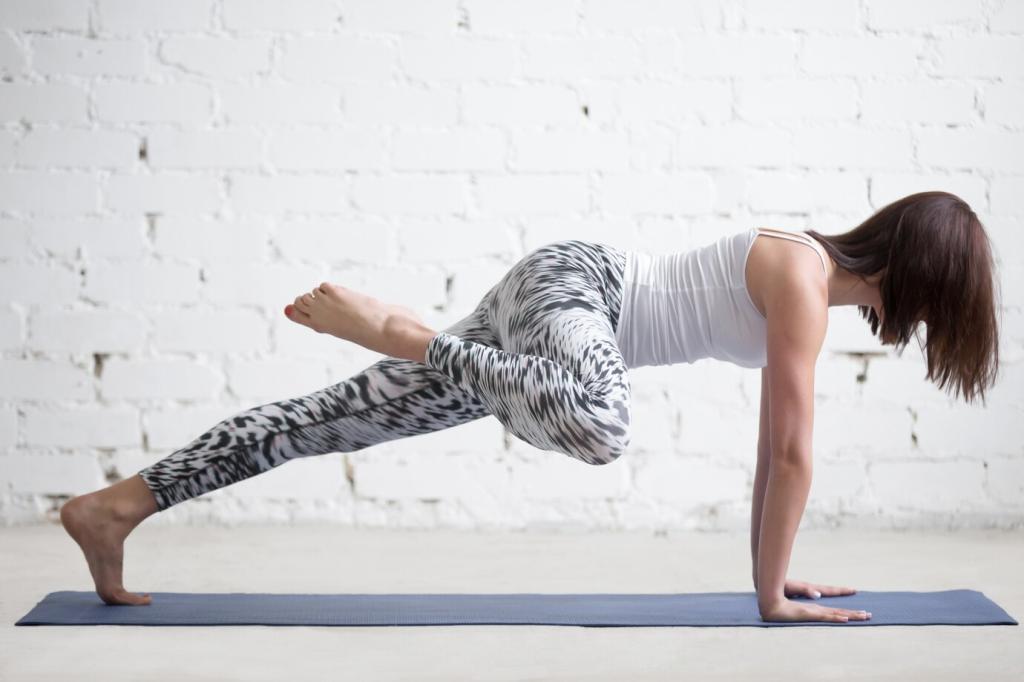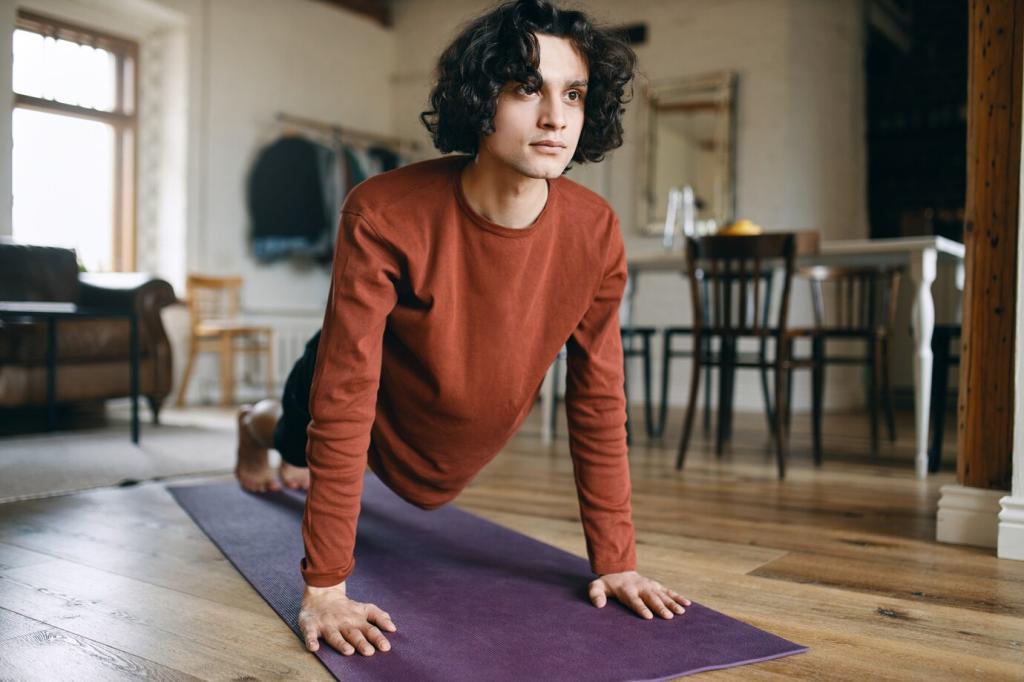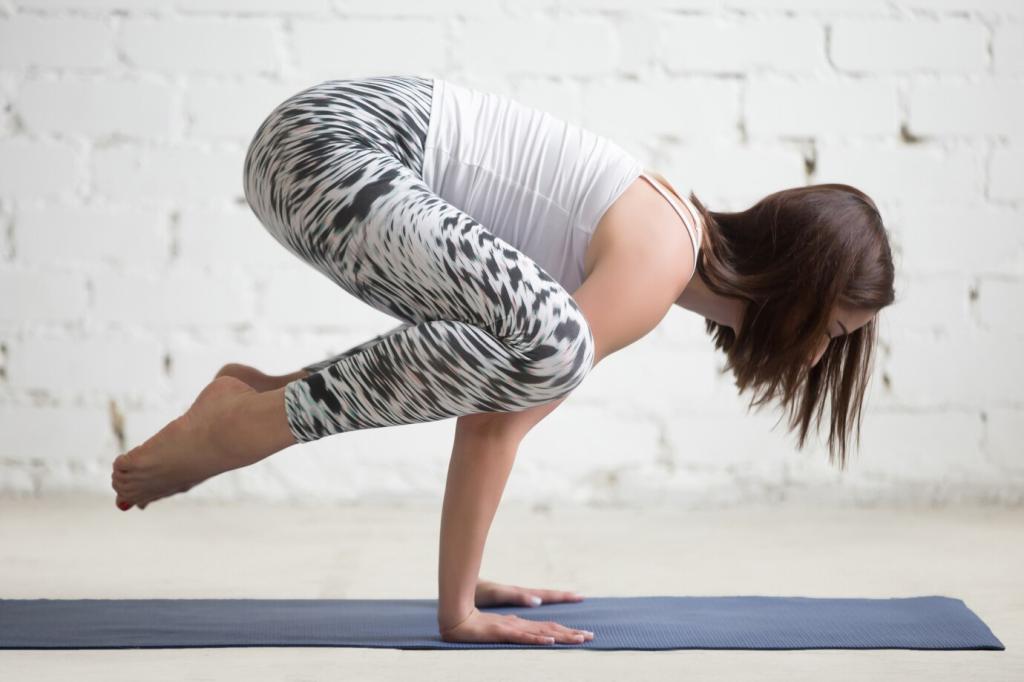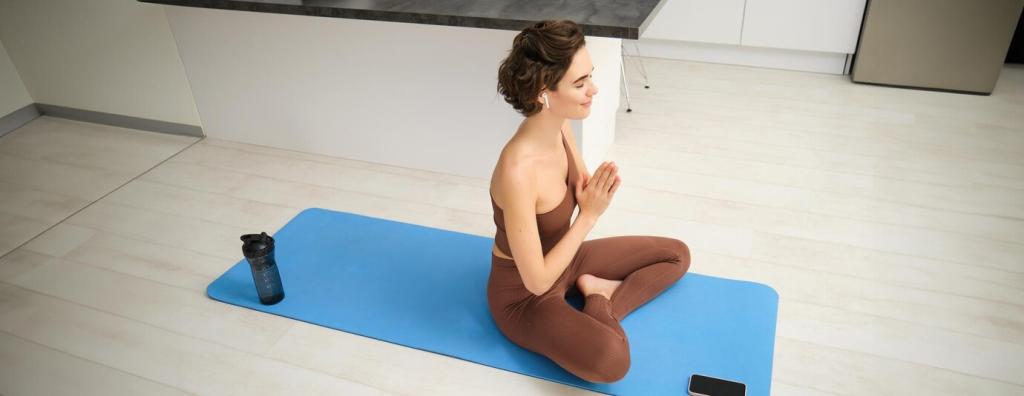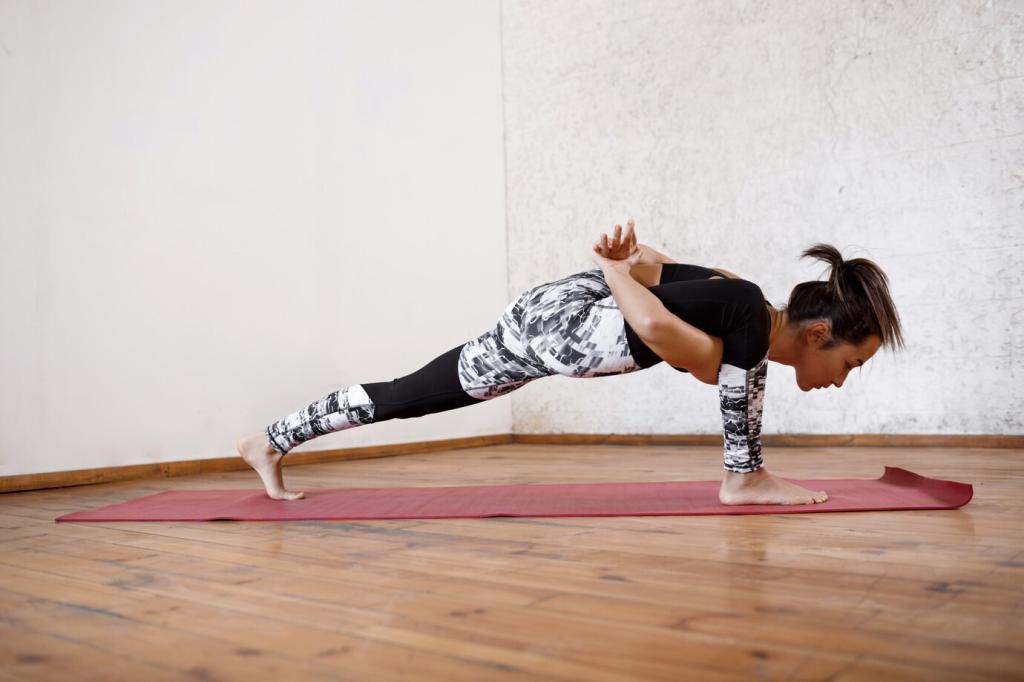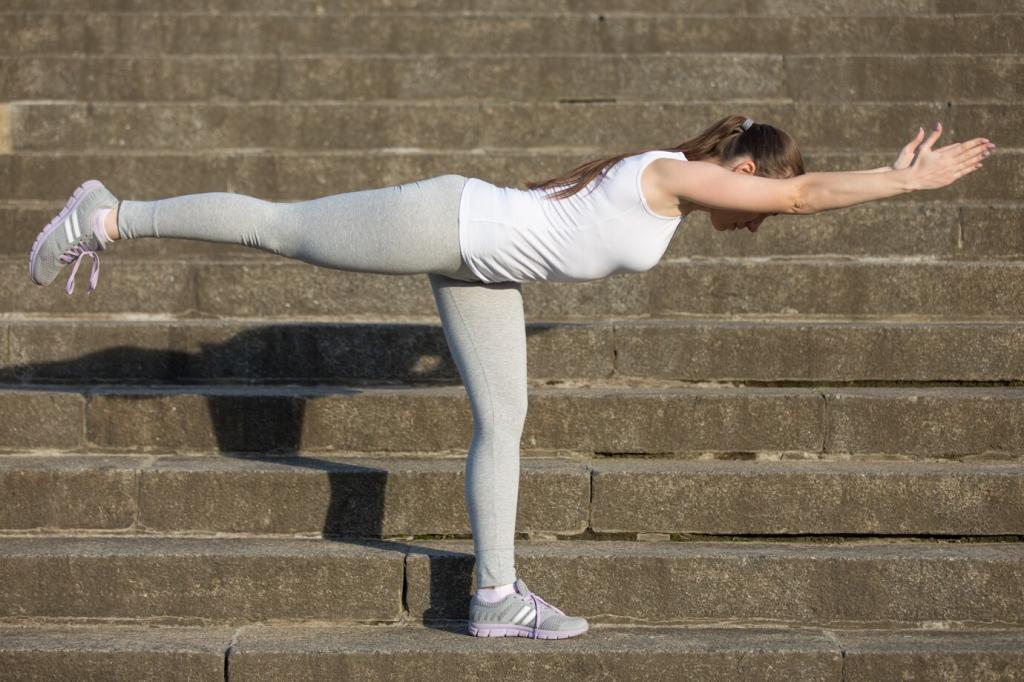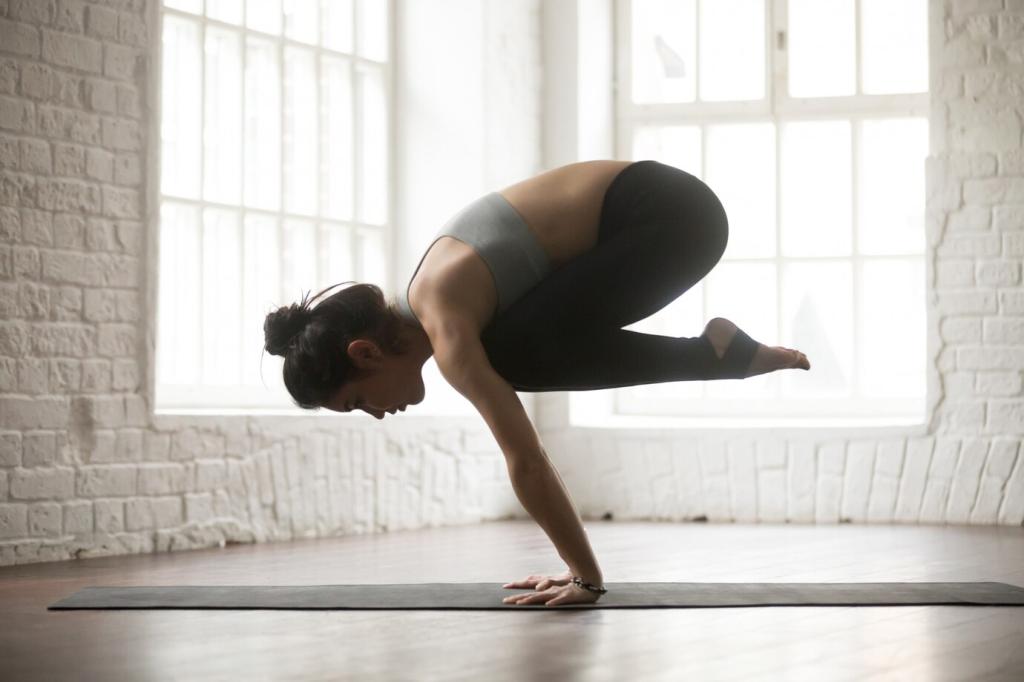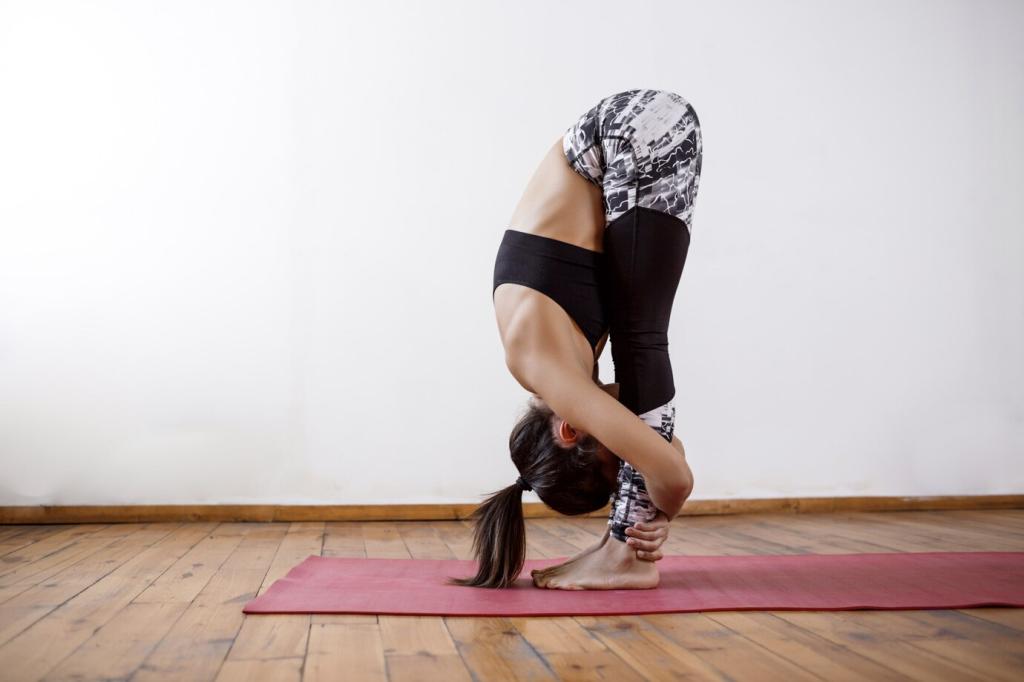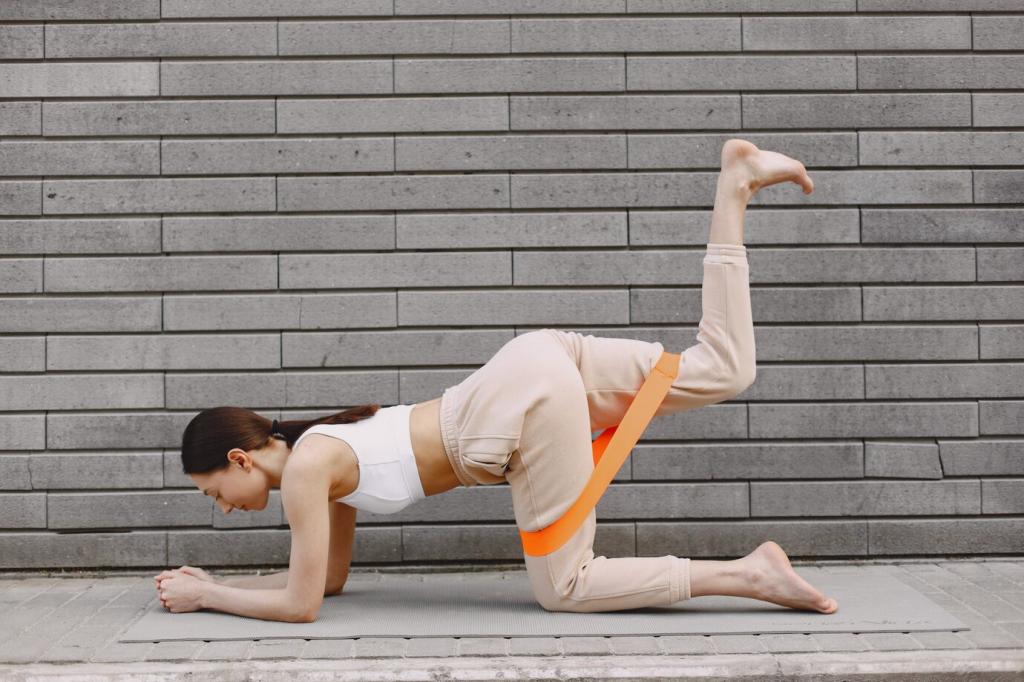Breath That Unlocks Flexibility
Three-Part Breath fills belly, ribs, and chest in waves, signaling safety to your nervous system. When your body feels safe, muscles release guarding. Practice five cycles before each pose and notice how stretches soften without extra effort.
Breath That Unlocks Flexibility
Try entering the deepest part of a stretch only on an exhale. The parasympathetic shift lowers resistance, letting tissues lengthen gradually. If tension spikes, back out slightly, breathe, and re-enter with kindness rather than forceful ambition.
Breath That Unlocks Flexibility
When I first coached a beginner named Maya, she improved her hamstring reach not by pulling harder, but by counting six steady exhales. In two weeks, fingertips touched the mat comfortably. Share your breath count below so others can try it.
Breath That Unlocks Flexibility
Lorem ipsum dolor sit amet, consectetur adipiscing elit. Ut elit tellus, luctus nec ullamcorper mattis, pulvinar dapibus leo.
